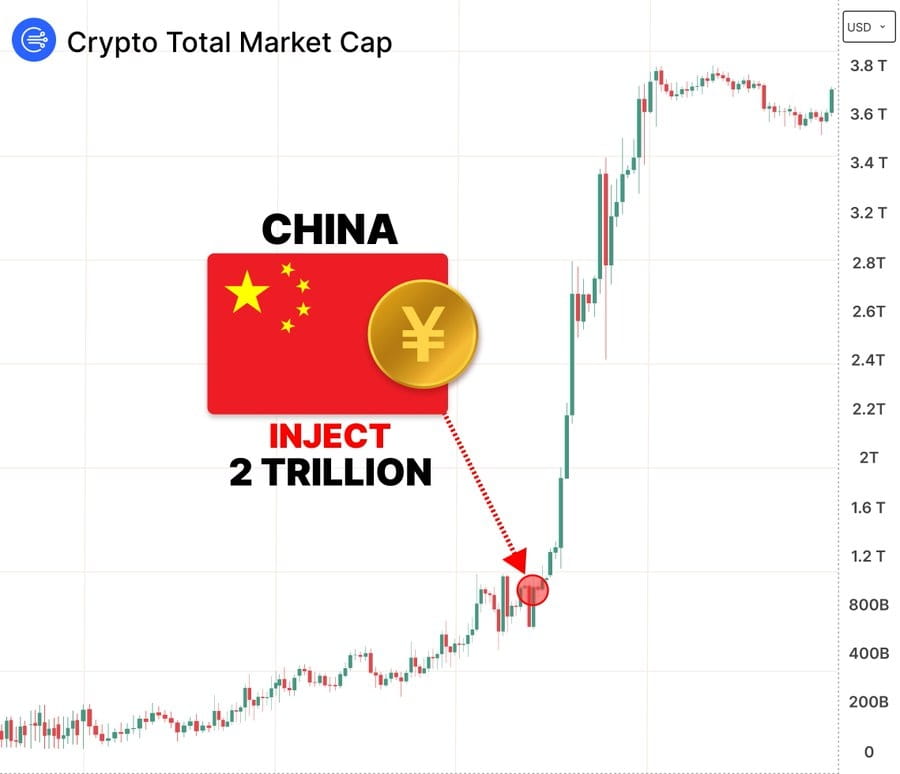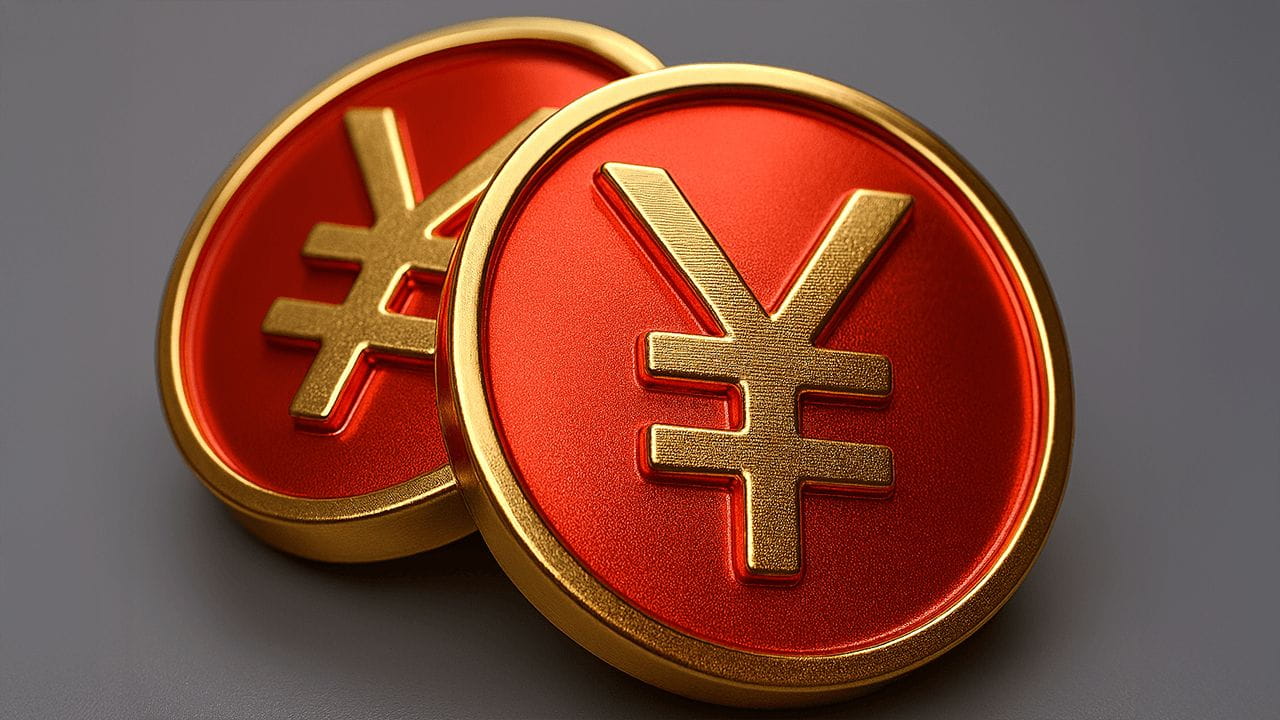A double-edged drama regarding stablecoins is unfolding in China, its contradictions and far-reaching implications drawing breathless attention from the global financial and tech communities. On one side of the stage, regulators in mainland China quietly issued a "ban," requiring brokerages, think tanks, and other institutions to completely halt public promotion, research, and discussion of stablecoins. This created a sense of unease and a sense of impending doom. Meanwhile, across the river from mainland China, Hong Kong is embracing stablecoin issuers with fervent fanfare, offering globally acclaimed regulatory licenses and attracting numerous state-owned financial giants to the fray.
This contradictory move of "restricting internally while promoting externally" represents a carefully designed dual-track strategy launched by China in response to the surge in digital finance. At its core lies a deep fear of the "ghost of the US dollar" infiltrating the financial firewall through cryptocurrency, and a colossal ambition to build a new "digital ark" for the internationalization of the RMB. Is the ultimate goal of this grand chess game defensive or offensive?
Mainland China's "Silence Order"
According to multiple foreign media reports, Chinese regulators, including the People's Bank of China (PBOC) and the State Administration of Foreign Exchange (SAFE), have issued private guidance to mainland securities firms and research institutions, ordering them to "remain silent." The core content of this "silencing order" is to cease all public activities related to stablecoins, including publishing research reports, holding seminars, and conducting any form of marketing promotion.
On the surface, this move is intended to prevent financial risks and protect investors, but the deeper motivation is to defend the financial firewall that China has carefully constructed over decades and to maintain the monetary sovereignty of the RMB.
According to the classic "impossible trinity" theory of macroeconomics, a country cannot simultaneously achieve "free capital flows," "fixed exchange rates," and "independent monetary policy." For decades, China has sacrificed completely free capital flows in exchange for absolute control over the RMB exchange rate and domestic monetary policy. Traditional capital controls simply focus on the "gateway" of banks.
However, the emergence of dollar-pegged stablecoins like Tether (USDT) and USD Coin (USDC) has completely changed the rules of the game. Like sharp digital spears, they have created millions of decentralized, micro-digital gateways, allowing anyone with a smartphone to, in theory, bypass layers of official approval and silently convert RMB assets into dollar-pegged digital assets, enabling the confidential transfer of capital.

Data estimates indicate that China's over-the-counter (OTC) cryptocurrency trading volume reached $75 billion in the first nine months of 2024 alone. This staggering figure provides a true snapshot of the battles in this new arena, revealing the enormous challenges posed by stablecoins to China's capital controls. When capital can easily flow out through USDT, the cost to the People's Bank of China of maintaining a stable RMB exchange rate will rise sharply, eroding the independence of its monetary policy.
What's even more alarming for China is that, across the Pacific, the United States has incorporated stablecoin regulation into its national financial strategy. The stablecoin regulation bill signed by President Trump is seen as a "major step toward consolidating America's dominance in global finance and crypto technology." This is tantamount to an arms race in digital finance. If the dollar's hegemony in the past was built on the SWIFT system, then its future hegemony will likely be built on a US-regulated, dollar-anchored stablecoin network.
Against this backdrop, mainland China's "stablecoin ban" is essentially a defensive war aimed at "smothering the specter of the US dollar." Its goal isn't to eliminate the technology itself, but rather to eliminate the influence of "uncontrolled, dollar-pegged" stablecoins within the country.
Hong Kong's "RMB Ark"

In stark contrast to mainland China's strict defense, Hong Kong is staging a completely different "opening up" drama. The Hong Kong Monetary Authority (HKMA) is actively promoting a regulatory sandbox program for stablecoin issuers and is preparing to issue formal licenses.
Even more interesting is that we've seen well-established state-owned securities firms like CITIC Construction Investment and Guotai Junan Securities actively applying for various licenses in Hong Kong, including those for virtual asset trading. It would be a mistake to naively assume they're simply seeking a slice of the retail trading pie. Their deeper mission is to lay the foundation for a grand "digital RMB ark" of the future.
China's strategy, in short, is "technology over dollars." It hopes to use stablecoins as the technological vehicle for an "efficient cross-border payment network," but their value cannot be anchored in the US dollar. Therefore, Hong Kong serves as a regulated and controllable "testing ground." Here, Beijing can explore issuing a "controllable" stablecoin pegged to the Hong Kong dollar (HKD) or, more importantly, the offshore renminbi (CNH).
The future route of this "RMB Ark" built in Hong Kong is already clear: it will serve national strategies such as the "Belt and Road Initiative" and provide related projects with a more efficient settlement channel denominated in RMB that bypasses the SWIFT system; it will open up a new path for the internationalization of the RMB in the digital age.
Therefore, the mainland's containment and Hong Kong's pilot program are essentially two sides of the same coin. The former is defensive, aiming to hold positions on the existing battlefield; the latter is offensive, aiming to possess advanced weapons of its own on future battlefields.
Beautiful "fenced garden"

There's an optimistic view in the market that Hong Kong is becoming a vibrant global hub for Web3 innovation. However, this view may overlook the inherent paradox of Hong Kong as a "regulatory sandbox." This paradox lies in the fact that financial innovation, whose fundamental purpose is to serve "control," may ultimately fail to achieve true "innovation" or guarantee absolute "control."
The essence of Web3 innovation is permissionless. It's this chaotic, unbridled vitality that has given rise to disruptive technologies like Ethereum. The model Hong Kong is developing, however, is inherently approval-based. The high paid-in capital threshold of HK$25 million, stringent background checks on founding teams, and watertight Know Your Customer (KYC) requirements for every user virtually shut out grassroots entrepreneurs and small tech teams. Ultimately, this region will become a playground for traditional financial giants.
The core value of "compliant stablecoins" born under this model has also undergone a fundamental shift. Global users embrace USDT for its regulatory evasion, anonymity, and seamless liquidity. But what would be the selling point of a fully compliant stablecoin born in Hong Kong and pegged to the RMB? It offers neither anonymity nor absolute financial freedom.
It won't attract global crypto capital seeking maximum efficiency and freedom, but rather Chinese companies requiring RMB settlement for Belt and Road Initiative projects, or mainland Chinese investors seeking limited but compliant channels for overseas asset allocation. This means its market ceiling is far lower than people imagine it would be for a "global Web3 center."
It may not become a world-changing tool, but rather a digital, more efficient upgrade of the existing offshore RMB clearing network. This isn't a failure, but it's clearly taking a completely different path from the grand narrative of being the "global Web3 center."
A game of retreat to advance
China's seemingly contradictory policies on stablecoins are actually a game of great power play, a game of "retreat to advance." By taking a step back, China closes the door to financial turmoil potentially caused by a dollar-denominated stablecoin on the mainland; while simultaneously taking a step forward, China is forging a new set of rules for digital finance, tailored for itself, in the testing ground of Hong Kong.
China is both a "defender" and aspiring to become the "rule-maker" of future finance. The core of this game is control. However, can this meticulously designed, clean, and orderly "fenced garden" foster the vitality needed to compete with the untamed "tropical rainforest" beyond its walls? This is the ultimate test of China's financial acumen. The curtain has just risen on this stablecoin drama, and it deserves the breathless attention of every market participant.

